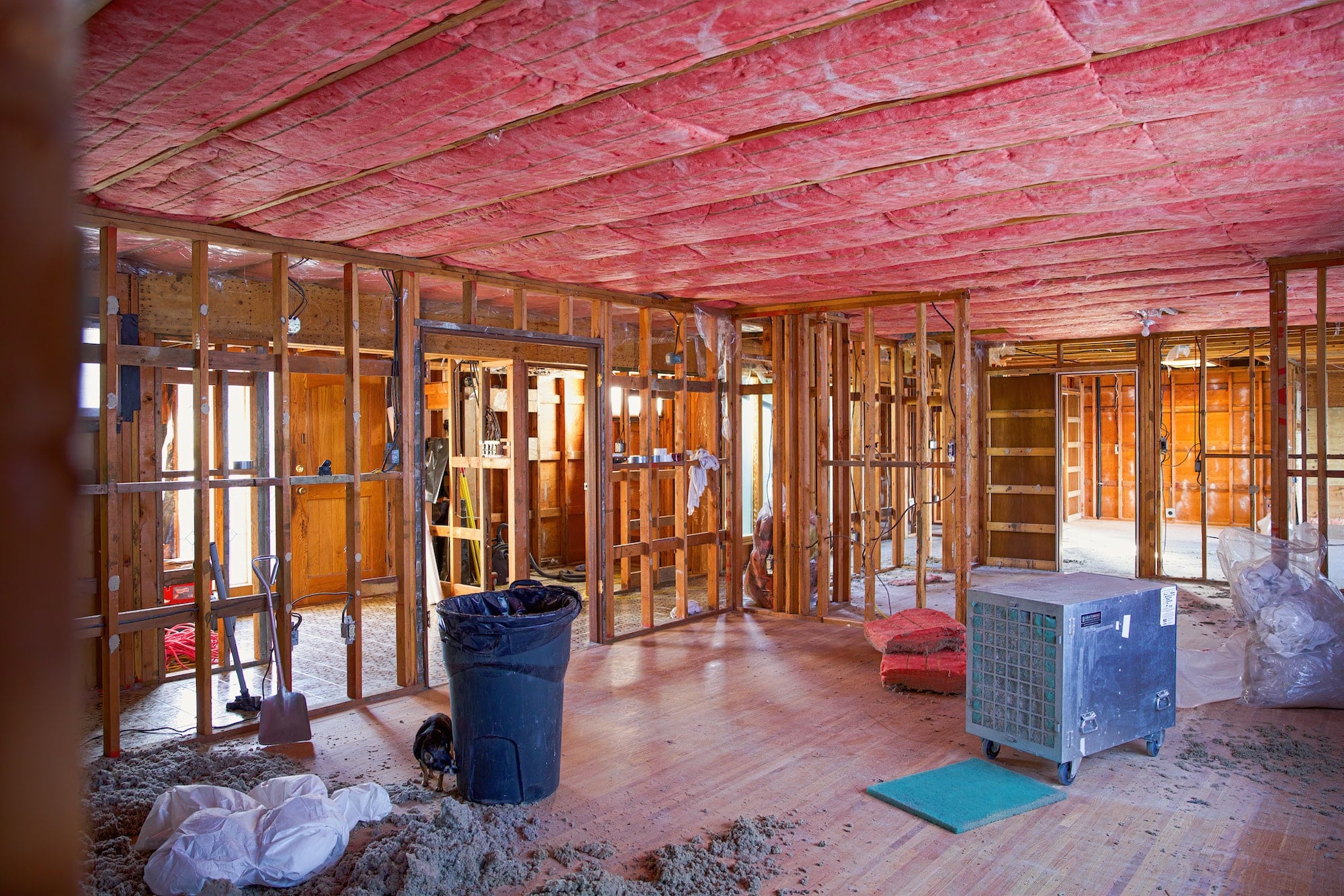What Are the Best Techniques for Land Remediation in Contaminated Urban Sites for Real Estate Development?

The issue of environmental contamination has become a significant problem in the 21st century. With the rapid urbanization and industrialization of our societies, the number of contaminated urban sites has increased dramatically. However, these sites offer great potential for real estate development if properly remediated. Soil remediation technologies have proven to be an effective solution to this problem, transforming contaminated land into a safe and clean environment. The following sections will shed light on the best techniques for land remediation in contaminated urban sites used for real estate development.
Understanding Soil Contamination
Before embarking on soil remediation, it’s crucial to understand soil contamination. Contaminated soil is a specific type of environmental pollution, where harmful substances, pollutants, or contaminants are present in the soil in high concentrations. These pollutants can originate from industrial activities, agricultural pesticides, or even natural disasters. They pose serious threats to both the environment and human health, as they can contaminate water sources, disrupt ecosystems, and cause diseases.
En parallèle : How Can Real Estate Developers Navigate the Complications of Building in Conservation Areas?
In urban settings, soil contamination is particularly problematic due to the density of human activity and the proximity of pollutants to human habitats. In such scenarios, soil remediation technologies offer a viable solution to reclaim the contaminated land for real estate development.
Bioremediation: Harnessing Nature’s Cleaning Power
Bioremediation is an organic method that uses living organisms, usually microorganisms or plants, to degrade, transform, or detoxify environmental contaminants into less harmful substances. This technique is eco-friendly and often cost-effective, making it a popular choice for many remediation projects.
Sujet a lire : What Are the Best Practices for Developing Low-Impact Real Estate in Countryside Locations?
The success of bioremediation largely depends on the types of contaminants and the species of organisms used. For instance, certain plants, known as hyperaccumulators, can absorb heavy metals from the soil, thereby reducing the levels of these contaminants. Similarly, some bacteria and fungi have proven effective in breaking down organic pollutants such as petroleum hydrocarbons.
However, bioremediation is not a quick-fix solution. It requires a significant amount of time, often several months to years, to achieve substantial results. Furthermore, it may not be suitable for all types of contaminants or soil conditions. Therefore, other remediation technologies may be necessary in conjunction with bioremediation for comprehensive soil cleanup.
In-Situ and Ex-Situ Remediation
In-situ and ex-situ are two broad categories of soil remediation technologies, and both have their pros and cons. As the names suggest, in-situ remediation refers to techniques that are applied directly on the contaminated site, without disturbing the soil. Conversely, ex-situ remediation involves excavating the contaminated soil and treating it elsewhere.
In-situ remediation techniques, such as air sparging or soil vapor extraction, are often preferred due to their lower cost and less disruptive nature. However, they may not be adequate for sites with high levels of contamination or complex mixtures of pollutants.
Ex-situ remediation, on the other hand, allows for more controlled and effective treatment of the contaminated soil. Techniques such as soil washing, thermal desorption, or even bioremediation can be used in an ex-situ setting. However, these methods can be more expensive and disruptive, as they involve significant ground disruption.
Emerging Technologies in Soil Remediation
With the growing environmental awareness and technological development, new, innovative soil remediation technologies are continuously being developed and improved. Some of these technologies include nanoremediation, electrokinetic remediation, and phytoremediation.
Nanoremediation employs nanoparticles, which have unique properties due to their small size, to remediate contaminated sites. For instance, nano zero-valent iron particles have shown promise in degrading various organic pollutants and immobilizing heavy metals.
Electrokinetic remediation, on the other hand, uses an electric field to move contaminants in the soil towards treatment zones. This method is particularly effective for heavy metal contamination.
Phytoremediation, a form of bioremediation, uses plants to absorb, degrade, or immobilize environmental contaminants. This technique is advantageous because it is low-cost, environmentally friendly, and aesthetically pleasing.
Selecting the Best Remediation Technique
The selection of the most appropriate soil remediation technique depends on multiple factors. These include the type and extent of contamination, the nature of the site (e.g., its size, geology, and proximity to human and ecological receptors), and the intended future use of the land.
It’s important to conduct a thorough site assessment to identify the specific contaminants present and their concentrations. This will inform the choice of the most effective remediation technology. A feasibility study, considering both technical and economic aspects, should also be carried out to determine the practicality of the chosen method.
Ultimately, the best remediation technique is one that effectively removes or reduces contaminants to safe levels while being economically viable and environmentally responsible. This ensures that the remediated land is safe for real estate development and protects the health of future occupants and the surrounding environment.
The Role of Brownfield Redevelopment in Urban Remediation
Brownfield redevelopment plays a crucial role in urban remediation strategies. Brownfields are abandoned or underutilized industrial or commercial properties where environmental contamination prevents the site’s reuse or redevelopment. However, with the application of appropriate land remediation techniques, these sites can be transformed into valuable real estate assets.
The process of brownfield redevelopment typically begins with a comprehensive site assessment, which includes soil and groundwater sampling to identify the type and extent of contamination. From this, a remediation plan is developed, specifying the techniques and technologies that will be used to clean the land.
In-situ bioremediation is often chosen for brownfield sites due to its cost-effectiveness and low environmental impact. For example, certain bacteria can break down organic contaminants like petroleum hydrocarbons, making the soil safe for redevelopment. However, this is a long-term process that can take several years to completely cleanse the soil.
When dealing with heavy metals, ex-situ remediation technologies such as soil washing are typically utilized. This involves excavating the contaminated soil and treating it off-site, effectively removing the hazardous substances. The remediated soil is then returned to the site, ready for redevelopment.
However, brownfield redevelopment is not without its challenges. The presence of multiple pollutants, including heavy metals and organic contaminants, can complicate the remediation process. Furthermore, the stigma often associated with brownfield sites can discourage investors and developers. Nevertheless, with the proper application of soil remediation techniques, the potential for brownfield redevelopment in urban revitalization should not be underestimated.
Conclusion: The Future of Land Remediation
As climate change continues to impact our world, the need for effective land remediation techniques will only grow. Contaminated sites, particularly in urban areas, pose significant risks to human health and the environment. However, with the right remediation strategies, these locations can be transformed into safe and valuable real estate developments.
In the battle against soil contamination, technologies like in-situ bioremediation, ex-situ treatment, and emerging innovations such as nanoremediation and electrokinetic remediation are crucial weapons. By harnessing these techniques, we can effectively remediate contaminated soils, safeguard groundwater, and enable the redevelopment of brownfield sites.
Through the concerted efforts of environmental scientists, urban planners, and real estate developers, we can turn the tide on soil contamination. By making use of available research and resources such as Google Scholar, we can stay informed and adopt best practices in site remediation.
In the end, the goal is clear – to create a safe, clean, and sustainable environment for all. By addressing the contaminated land challenge, we can not only enhance the value of urban real estate but also contribute to a healthier and more resilient world. Land remediation, therefore, is more than just an environmental necessity; it’s an opportunity to shape the future of our cities and our planet.
